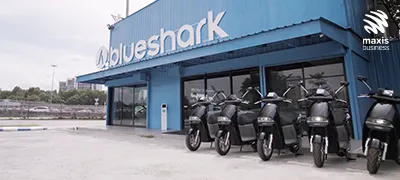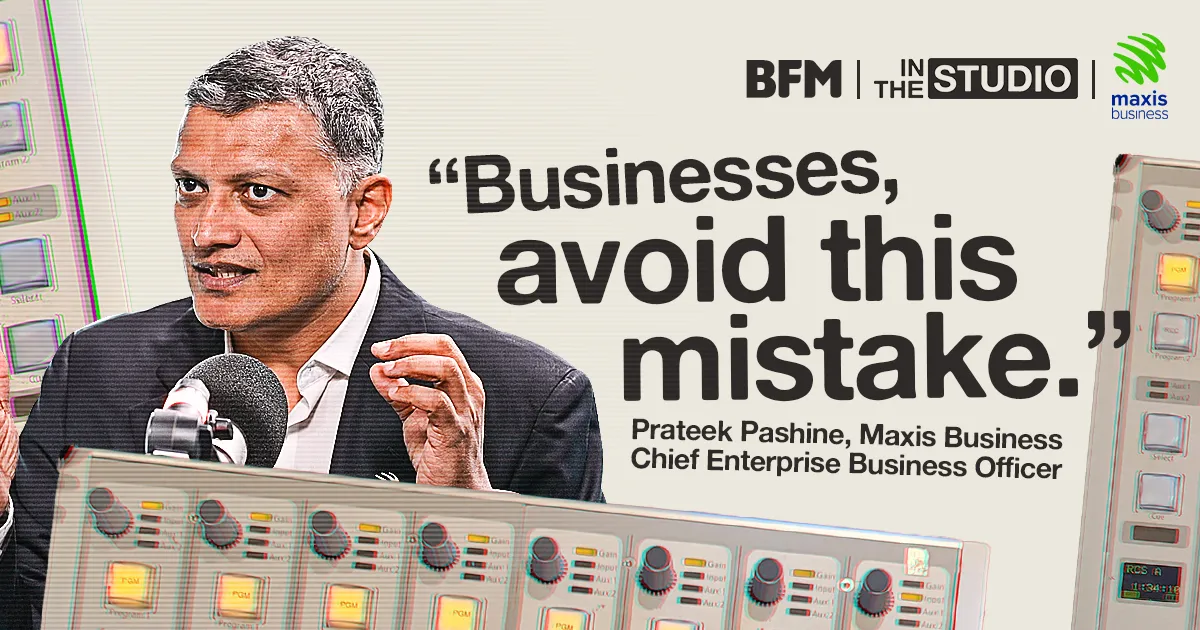Getting Your Drivers Onboard: Vital Tips to Overcoming Employee Resistance
Companies admit that one of the concerns they have about adopting such technology is that drivers will resent being monitored. Most drivers are used to working with some degree of independence and could misconstrue a new system – meant to protect the company, vehicle, and drivers themselves – as ‘policing’.
In this final article, we provide tips for getting your drivers to not only accept, but appreciate what fleet management can do for them.
Tip 1: Make the benefits clear
This is a big one because change is easiest when everyone is on board. The best first step is to get people invested in the change. Let drivers know how this solution will improve their lives in terms of what matters to them – whether it’s improved safety, less time on paperwork, more deliveries completed in a day, or performance bonuses.
Let’s take safety as an example. 80% of Malaysia’s road crashes are due to ‘risky driving, speeding and fatigue’ and at least one in 10 accidents involve commercial vehicles. Demonstrate how the solution can help prevent accidents by flagging dangerous practices. Show how, if an accident occurs, data can be used to prove that your drivers were not at fault.
The same can be done to avoid run-ins with the law. Last year, police issued 169 summonses to lorry drivers and other drivers of commercial vehicles for a number of offences in the space of just a few days. Out of these, 43 summonses were for stopping in emergency lanes without cause. Once again, if the driver is innocent, the data from your system may help in their defence. As for breaks, you can make safe stops in legal areas part of your route planning.
Vehicle theft remains a big problem for companies and a risk to drivers. A solution may allow them to get quick results when they are in distress, such as if the vehicle breaks down or in case of a robbery.
One of the most driver-friendly features is taking certain tasks away from drivers altogether. They no longer have to worry about logging hours, mileage, etc. They don’t have to add to the downtime of issues (breakdowns/accidents) by making reports or even need to call into the office. All of this is done for them automatically so they can concentrate on keeping to their routes and driving safely.
Tip 2: Reinforce trust
Make it clear that the solution is about tracking company property (i.e., the vehicle) and not the driver. When the driver is in the vehicle, the solution monitors for efficiency and protection. Explain that only errant behaviour will be flagged and, with the exception of breaking company rules (e.g. using the vehicle for personal business), flagged information will be used to help drivers improve their performance. Demonstrate how visibility protects them from being falsely blamed for accidents or other traffic infractions and protects them from customer disputes and allegations of dangerous driving.

Make clear that the solution is about tracking the vehicle, not the employee.
Tip 3: From driving vehicles to driving results
Technology facilitates savings and efficiencies but cannot replace the human element altogether. Your drivers are still the ones behind the wheel and have unparalleled insight into the intricacies of your business, customers, and roads. Use that expertise. Get driver input on how technology can be used to improve their performance and save costs.
When it comes to actually using the new system to achieve your goals, set your drivers up for success. If they are required to input information, make certain they are comfortable with the solution’s interface and workings.
If the system highlights any issues, use this as an opportunity to improve overall driver performance. Address the issues head-on. For example, conduct training in road safety, fuel-saving driving practices, and highlight locations along their route where vehicles can park legally if drivers need a break.
Tip 4: Share the rewards
Your system will not only highlight errant behaviour, but it will also tell you which drivers are company stars. Use your newfound visibility to offer incentives to drivers who perform well. Consider the following best practices by other companies and show you value employees who consistently hit targets for on-time deliveries and calls, or have an exemplar driving record. Award prizes and bonuses to drivers who have cut your costs and improved service to build a driving force that is the envy of your competition.
Tip 5: Keep communication lines open
Reinforce the fact that you value your drivers’ expertise by allowing them to express their ideas and concerns. The right solution will facilitate communication between drivers and key staff, including those in charge of scheduling, payroll, maintenance, etc. Choose a fleet management system that is adaptive and enables you to tweak your requirements as needed.
Tip 6: Do not get discouraged
Managing change is rarely easy and takes time, so expect a few setbacks and address them as they come up. In an industry which is being shaped and reshaped by technology, customer demand, the economy, and unexpected pressures from MCO and Covid-19-linked supply chain disruptions, it’s never too soon to create a culture of agility and continuous improvement.
It’s been projected that in 2021, ASEAN online shopping activity will be nearly double the $37.7 billion recorded in 2017. Before the MCO, the National e-Commerce Strategic Roadmap was already projecting growth of 11% per year. The MCO has forced acceptance of a new lifestyle on many. Even after restrictions are lifted, it is likely that consumers will still prefer home and office deliveries. The good news is that this presents great opportunities for companies ready to take up the challenge.
However, with over a hundred registered companies ready to pounce on such opportunities, the winners will be those who have streamlined operations, are most efficient and can be most responsive. In other words, those who have made fleet management solutions a key aspect to achieving their business plans.






